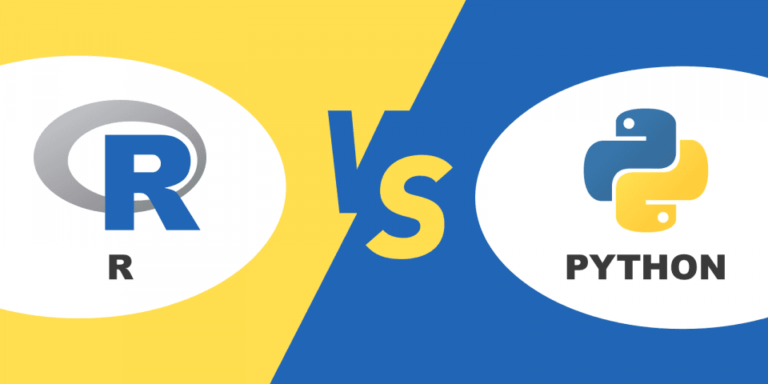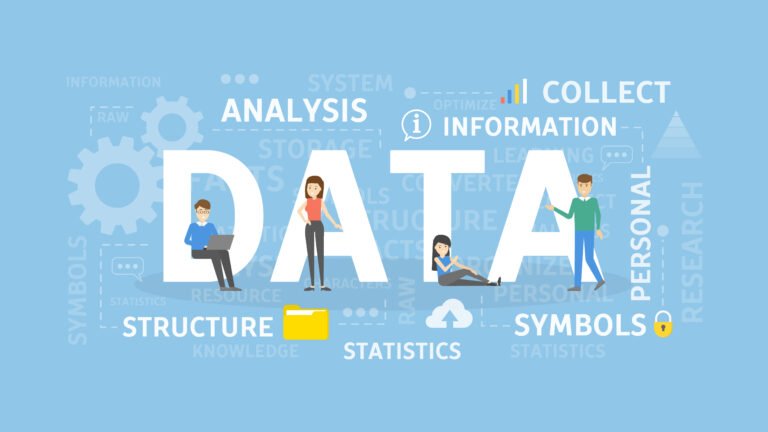How to Clean Data Using Python (Pandas)
How to Clean Data Using Python (Pandas)
In the world of data science and analytics, data cleaning is one of the most crucial steps. Raw data often comes with missing values, duplicate entries, inconsistent formatting, and other errors. Python, with its powerful pandas library, offers robust tools to clean and prepare data for analysis. In this blog, we will explore a step-by-step approach to cleaning data using pandas.
1. Why Data Cleaning is Important
Data cleaning ensures that your dataset is free of inconsistencies and errors, leading to more accurate and reliable analyses. Without clean data, even the most sophisticated models can produce misleading results.
2. Getting Started with Pandas
To begin, install pandas if you haven’t already:
pip install pandas
Import pandas in your script:
import pandas as pd
Let’s load a sample dataset to work on:
# Load the dataset
data = pd.read_csv('sample_data.csv')
3. Common Data Cleaning Tasks
3.1 Handling Missing Values
Missing values are common in datasets. You can identify them using isnull():
# Check for missing values
print(data.isnull().sum())
To handle missing values:
- Replace them with a specific value or a calculated mean/median:
data['ColumnName'].fillna(value=0, inplace=True) # Replace with 0
data['ColumnName'].fillna(data['ColumnName'].mean(), inplace=True) # Replace with mean
- Drop rows or columns with missing values:
data.dropna(inplace=True) # Drop rows with any missing values
3.2 Removing Duplicates
Duplicate rows can skew your analysis. Use drop_duplicates() to remove them:
data.drop_duplicates(inplace=True)
3.3 Correcting Data Types
Ensure columns have the correct data types:
data['DateColumn'] = pd.to_datetime(data['DateColumn']) # Convert to datetime
data['NumericColumn'] = pd.to_numeric(data['NumericColumn'], errors='coerce') # Convert to numeric
3.4 Dealing with Outliers
Outliers can distort statistical analyses. Use boxplots to visualize outliers:
import matplotlib.pyplot as plt
data.boxplot(column=['ColumnName'])
plt.show()
You can remove or cap outliers based on thresholds:
# Remove outliers beyond a threshold
data = data[data['ColumnName'] < threshold]
3.5 Standardizing Data
Ensure consistency in formatting:
- Convert text to lowercase:
data['TextColumn'] = data['TextColumn'].str.lower()
- Trim whitespace:
data['TextColumn'] = data['TextColumn'].str.strip()
3.6 Renaming Columns
Rename columns for clarity:
data.rename(columns={'OldName': 'NewName'}, inplace=True)
3.7 Filtering Unnecessary Data
Remove irrelevant rows or columns:
# Drop unwanted columns
data.drop(columns=['UnwantedColumn'], inplace=True)
# Filter rows based on a condition
data = data[data['ColumnName'] > threshold]
4. Automating Data Cleaning
You can automate repetitive cleaning tasks by creating functions:
def clean_data(df):
df.drop_duplicates(inplace=True)
df.fillna(0, inplace=True)
df['TextColumn'] = df['TextColumn'].str.lower().str.strip()
return df
data = clean_data(data)
5. Finalizing and Saving the Clean Data
Once the dataset is cleaned, save it for further analysis:
data.to_csv('cleaned_data.csv', index=False)
6. Conclusion
Data cleaning is an essential step in data preparation. With pandas, you can efficiently handle missing values, correct inconsistencies, and ensure the dataset is ready for analysis. Mastering these techniques will help you create reliable models and derive meaningful insights from your data.
Start applying these techniques today and take your data analysis skills to the next level!
Would you like a practical example with a sample dataset? Enroll for a 1 week Trial class on Python today !







